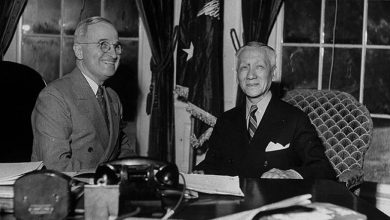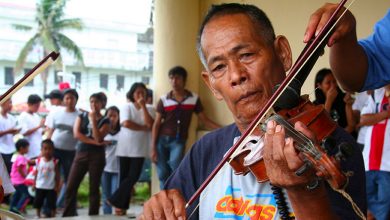Prose Writing Tagalog
There was a revival of the novel at the beginning of the 20th century, and Tagalog writers strove to make their mark by an original style. Lope K. Santos and Valeriano Hernandez Peña turned towards literature of psychological and social concern, but the novel was not entirely displaced. Their successors were able to establish themselves in spite of the increasing importance of literature in English. T.L. Sauco made his name with Ang Magmamani (The Groundnut Seller); Lazaro Francisco, after a novel on history and liberty inspired by the war, turned to the subject of social injustice and the insecurity of the peasants. In the 1960s Alejandro Abadilla and Elpidio Kapulong pursued this literature of protest against conventional morality and religious orthodoxy. Rogelio R. Sikat, inspired by Rizal, described the oppression to which the farmers were exposed; Edgardo M. Reyes depicted the hardships of life in towns.
The 20th century also saw the birth of the Tagalog short story. It shows the same trends as the novel not surprisingly, since some writers have practised both genres. Jesus A. Arceo and Genoveva Edroza are interested in the psychology of their characters, but the overriding preoccupation of the short story has been with social themes. Among the leading names in this rich period were Hernando R.Ocampo, Francisco R. Reyes and N. Gonzales. Also during this period, the pure classical Tagalog language has been simplified as its use has extended. A collection of short stories published in 1954, Mga Agos sa Disyerto (Tremors in the Desert) included work by all the leading short story writers of the day E. M. Reyes, R. Sikat, D. Mirasol, and E. Abueg. A number of magazines have provided a medium for the publication of short stories and have contributed to their success.




